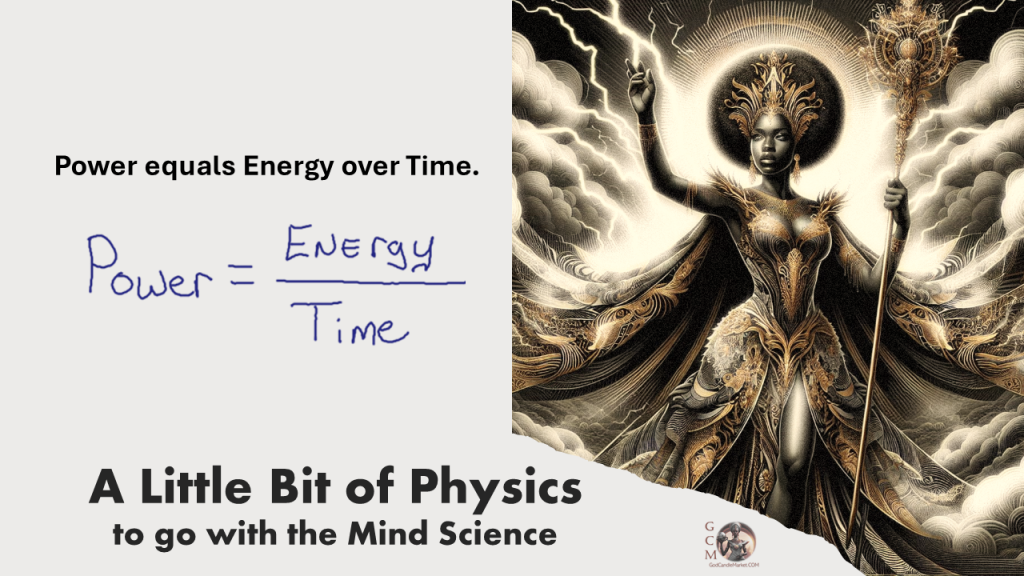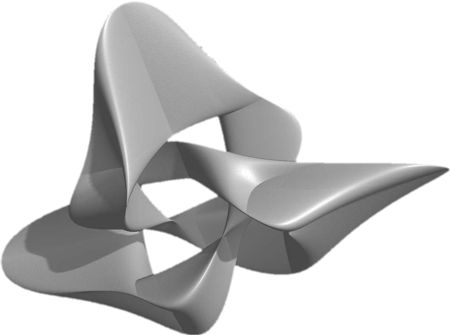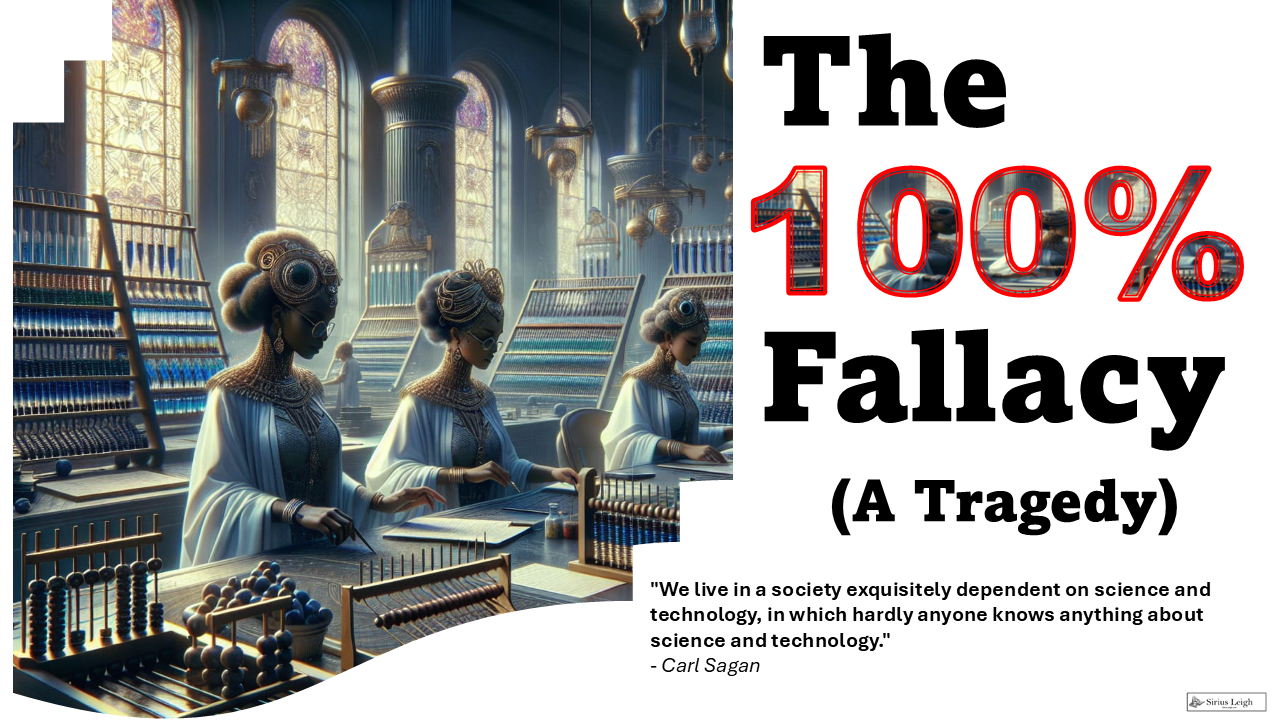
A Pathway to Discovery
The heuristic teaching method, derived from the Greek word “heuriskein,” meaning “to discover,” is an educational approach that emphasizes self-discovery and experiential learning.
Instead of traditional rote learning, heuristic teaching encourages students to explore, ask questions, and solve problems through their initiative. This method cultivates critical thinking, creativity, and independence, equipping students with the skills necessary for lifelong learning.
As you will discover, many analytical scientific principles translate well into the realm of abstract world of thought and action. The difficulty is in the quantification. For example, we don’t have a numerical scale for will power, but this type of power is still equivalent to your energy over time.

Bridging the gap between our analytical minds and our spiritual selves is most successful when we learn how to discern the function and necessity of each method. Heuristic learning allows us to put the information into a useable context.
Principles of Heuristic Teaching
The heuristic approach is rooted in several core principles:
- Active Learning: Students engage directly with the material, actively seeking knowledge rather than passively receiving information.
- Problem-Solving: Learning is structured around solving real-world problems, which helps students develop practical skills.
- Inquiry-Based Learning: Students are encouraged to ask questions, explore multiple solutions, and learn through experimentation.
- Discovery Learning: Emphasis is placed on students discovering information on their own or in groups, fostering deeper understanding and retention.
- Constructivist Approach: Knowledge is constructed by the learner through experiences and reflections, aligning with the constructivist theory of learning.
Successful Applications of Heuristic Teaching
Heuristic teaching methods have been successfully applied across various subjects, particularly those that benefit from hands-on learning and critical thinking.
- Science: Science education, especially in fields like biology, chemistry, and physics, thrives on the heuristic method. Laboratory experiments and fieldwork allow students to hypothesize, experiment, observe, and conclude, mirroring the scientific method itself. For instance, in biology, students might investigate ecosystems through field studies, observing and recording data to draw conclusions about biodiversity and environmental impact.
- Mathematics: In mathematics, heuristic teaching encourages students to discover mathematical principles through problem-solving and exploration. Instead of merely memorizing formulas, students learn to derive them and understand their applications. For example, in geometry, students might explore the properties of shapes by constructing them and measuring angles and sides, leading to a more profound comprehension of geometric principles.
- Computer Science: Programming and algorithm development are inherently heuristic. Students learn by writing code, debugging, and refining algorithms, thereby discovering efficient solutions to problems. This approach is particularly effective in teaching concepts like artificial intelligence, where trial and error play a significant role in understanding machine learning models.
- History and Social Studies: Heuristic methods in history and social studies involve analyzing primary sources, debating historical interpretations, and conducting research projects. This approach helps students understand historical events and social phenomena by engaging with the material critically and contextually. For instance, students might examine historical documents and artifacts to construct their narratives of past events.
- Art and Design: In art and design, heuristic teaching fosters creativity and innovation. Students experiment with various materials, techniques, and styles to develop their artistic voice. This method encourages exploration and self-expression, critical for artistic growth. For example, in a design course, students might work on real-world projects, iterating on their designs based on feedback and experimentation.
- Spiritual Studies: The majority of thought elevation studies are heuristic. Teachers allude to various emotional states and mindsets via parables and allegory. Through self-discovery and experiential learning successful students of spiritual studies are able to to use these blueprints to develop their spiritual alignment. This method encourages exploration from the inside out.
Benefits of Heuristic Teaching
Heuristic teaching offers several significant benefits:
- Enhanced Critical Thinking: By tackling problems and exploring solutions, students develop critical thinking skills essential for academic and professional success.
- Greater Engagement: Active learning keeps students engaged and motivated, as they take ownership of their educational journey.
- Improved Retention: Discovering information through experience helps students retain knowledge more effectively than passive learning methods.
- Adaptability: Students learn to adapt to new information and situations, preparing them for the dynamic nature of the modern world.
- Collaboration Skills: Group work and collaborative projects foster teamwork and communication skills.
Challenges and Considerations
Despite its benefits, heuristic teaching also presents challenges in standard academia:
- Resource Intensive: This method often requires more resources, including time, materials, and skilled educators.
- Assessment Difficulties: Traditional assessments may not effectively measure the outcomes of heuristic learning, necessitating alternative evaluation methods.
- Initial Frustration: Students accustomed to passive learning may initially find the heuristic approach challenging and frustrating.
Conclusion
The heuristic teaching method represents a powerful approach to education, promoting discovery, critical thinking, and independence. While it is particularly effective in subjects like science, mathematics, computer science, history, and art, its principles can be applied across various disciplines to enhance learning outcomes.
By fostering an environment where students actively engage with the material and develop problem-solving skills, heuristic teaching prepares learners for the complexities of the modern world, ensuring they are not just consumers of knowledge but active creators and discoverers.
Why Beating the Odds Starts by Ignoring Them Let’s get something straight: percentages are brilliant. In the…
The Spiritual Worlds of Great Mathematicians Mathematics is often portrayed as a realm of cold logic: precise,…
Tag:heuristic method


